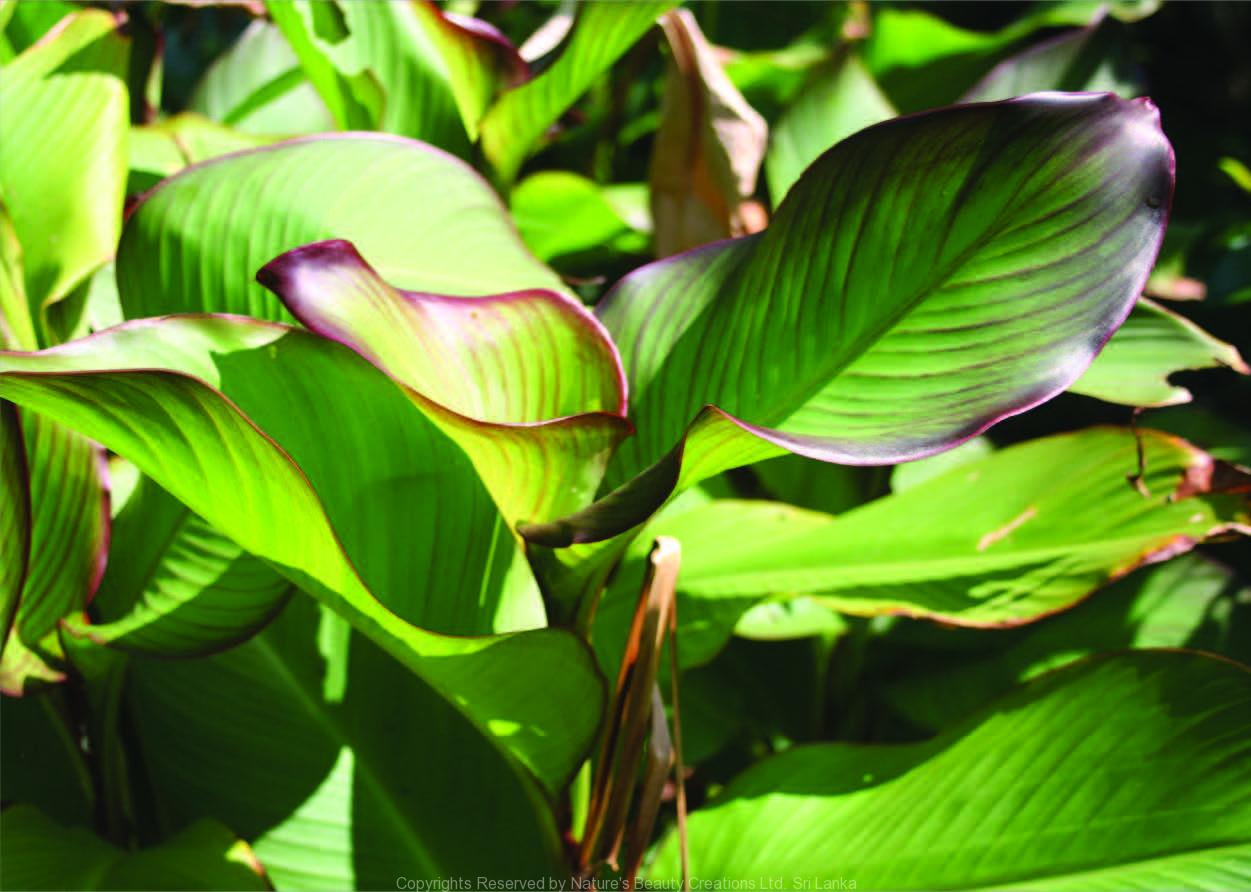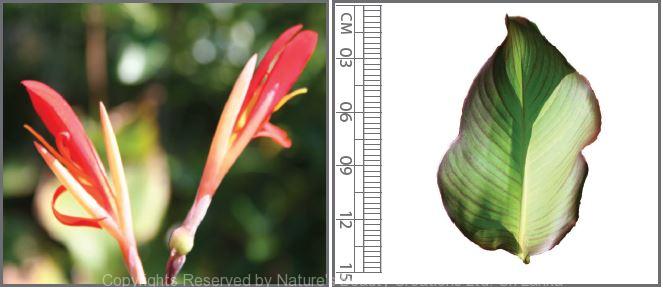

Traditional Knowledge
Useful plant parts :
Flower, tuber and leaf
Uses in traditional medicine :
- Edible tubers are taken as a stimulant and an emmenagogue
- Flowers are said to be narcotic
- Crushed leaves are vulnerary
Scientific Research
Chemical constituents:
Lycopene and anthocyanin pigments from flowers; steroid: cannagenin from roots; terpenes: γ-eudesmol, δ-cadinol, γ-selinene from rhizome essential oil and betulinic and oleonolic acid, traraxer-14-en-3-one from plant
Bioactivity :
Methanol extract of leaf: antinociceptive; methanol extract of rhizomes: anthelmintic; methanol extract of flowers: antioxidative; ethanol extract of rhizome and isolated proteins: HIV type 1 reverse transcriptase inhibitory activity; rhizome essential oil: antibacterial
Clinical:
References : Bachheti, R. K. et al., (2013), Phytochemical investigation of aerial parts of Canna indica collected from Uttarakhand India, International journal of pharm tech research, 5(2), 294-300. Indrayan, A. K. et al., (2011), Chemical composition and antimicrobial activity of the essential oil from the rhizome of Canna indica Linn, Indian journal of chemistry, 50(B), 1136-1139. Motawe, H. M., et al., (1995), Cannagenin: A New Molluscicidal Agent from Canna indica L., Journal of Herbs, Spices & Medicinal Plants, 2(4), 3-10. Nirmal, S. A. et al,. (2007), Antinociceptive and anthelmintic activity of Canna indica, Natural Product Research, 21(12), 1042-1047. Vanker, P. S. and Srivastava, J., (2008), Comparative Study of Total Phenol, Flavonoid Contents and Antioxidant Activity in Canna indica and Hibiscus rosa sinensis: Prospective Natural Food Dyes, International Journal of Food Engineering, 4(3), 4. Woradulayapinij, W. et al., (2005), In vitro HIV type 1 reverse transcrip- tase inhibitory activities of Thai medicinal plants and Canna indica L. rhizomes, Journal of Ethnopharmacology, 101(1-3), 84-89.
Copyrights Reserved By
Natures Beauty Creations



